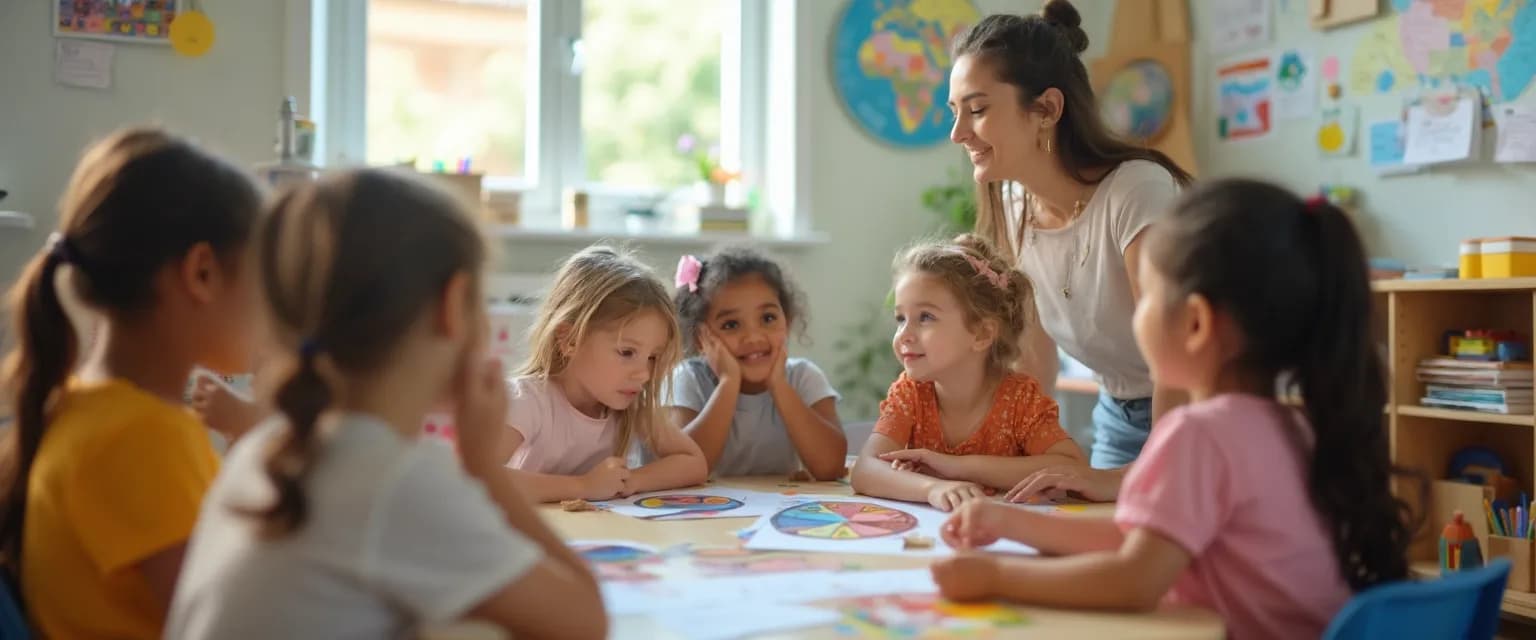5 Powerful Classroom Activities That Boost Self-Awareness in Students
Nurturing self awareness in students during their elementary years lays the foundation for lifelong emotional intelligence and academic success. When young learners understand their emotions, strengths, and areas for growth, they develop crucial skills that extend far beyond the classroom. Self awareness in students empowers them to navigate social situations with confidence, regulate their emotions effectively, and approach learning with a growth mindset.
Elementary teachers play a pivotal role in fostering this essential skill. Through thoughtfully designed classroom activities, educators can create opportunities for students to recognize their feelings, identify their strengths, and understand how their actions affect others. These emotional awareness techniques don't require extensive resources—just consistent implementation and a supportive environment.
Let's explore five powerful classroom activities that naturally boost self awareness in students, providing them with tools they'll use throughout their educational journey and beyond.
Understanding Self-Awareness in Students: The Foundation
Self awareness in students refers to their ability to recognize their own emotions, thoughts, strengths, weaknesses, and how these elements influence their behavior. For elementary-aged children, this means developing the capacity to name feelings, understand personal preferences, and recognize when they need help or space.
Research consistently shows that strong self awareness in students correlates with better academic performance. When children understand their learning preferences and emotional states, they can advocate for their needs and apply appropriate strategies to overcome challenges. This metacognitive skill becomes particularly valuable as academic demands increase in later grades.
Within social-emotional learning frameworks, self-awareness serves as the cornerstone upon which other competencies build. Before students can manage emotions or make responsible decisions, they must first recognize what they're feeling and why. Elementary classrooms that prioritize confidence-building activities create safe spaces for this exploration.
Teachers can identify developing self awareness in students when they observe children accurately naming emotions, reflecting on their actions, seeking appropriate help, and showing interest in understanding their thought processes.
5 Engaging Activities to Develop Self-Awareness in Students
1. Emotion Check-In Circles
Start each day with a quick emotion check-in using visual aids like emotion charts or cards. Students select the emotion that matches their current feeling and share briefly if comfortable. This simple practice helps students develop emotional vocabulary and normalize the full spectrum of feelings. Over time, this consistent self awareness in students exercise builds their ability to recognize emotional states as they occur.
2. Strength-Spotting Games
Create opportunities for students to identify strengths in themselves and peers. For example, a "Superhero Me" activity allows students to draw themselves as superheroes with special powers representing their real-life strengths. This positive self awareness in students technique shifts focus from deficits to capabilities, building confidence and self-efficacy.
3. Mindful Moments
Incorporate brief 1-3 minute mindfulness practices throughout the day. Simple breathing exercises, body scans, or sensory awareness activities help students connect with their physical sensations and present experience. These practices enhance bodily awareness and help students recognize the physical signs of different emotions—a crucial component of self awareness in students.
4. "Me At My Best" Reflection
Guide students through brief reflection exercises using age-appropriate prompts like "When I feel my best at school, I am..." or "I know I need help when..." These self-reflection strategies help students articulate their internal experiences and recognize patterns in their behavior and emotions.
5. Feedback Friendship Circles
Create structured opportunities for peers to share positive observations about each other. This external feedback helps students develop a more accurate self-perception and builds external self-awareness—understanding how others perceive them.
Integrating Self-Awareness in Students Throughout the School Day
The most effective approach to developing self awareness in students involves weaving these practices into daily routines rather than treating them as isolated activities. Teachers can use transition times as opportunities for quick check-ins or incorporate strength identification into academic subjects.
Creating a classroom environment that values reflection involves modeling self-awareness yourself. When teachers name their own emotions appropriately ("I'm feeling frustrated that we're running behind schedule"), they normalize emotional awareness and provide valuable examples.
Progress in self awareness in students often appears gradually. Look for indicators like increased emotional vocabulary, more nuanced self-descriptions, appropriate help-seeking behavior, and improved conflict resolution skills. These signs demonstrate that your students are developing the self-awareness foundation that will support their social and academic growth for years to come.
By implementing these five activities consistently, elementary teachers create powerful opportunities for students to develop essential self awareness in students skills that benefit them across all areas of learning and life.




